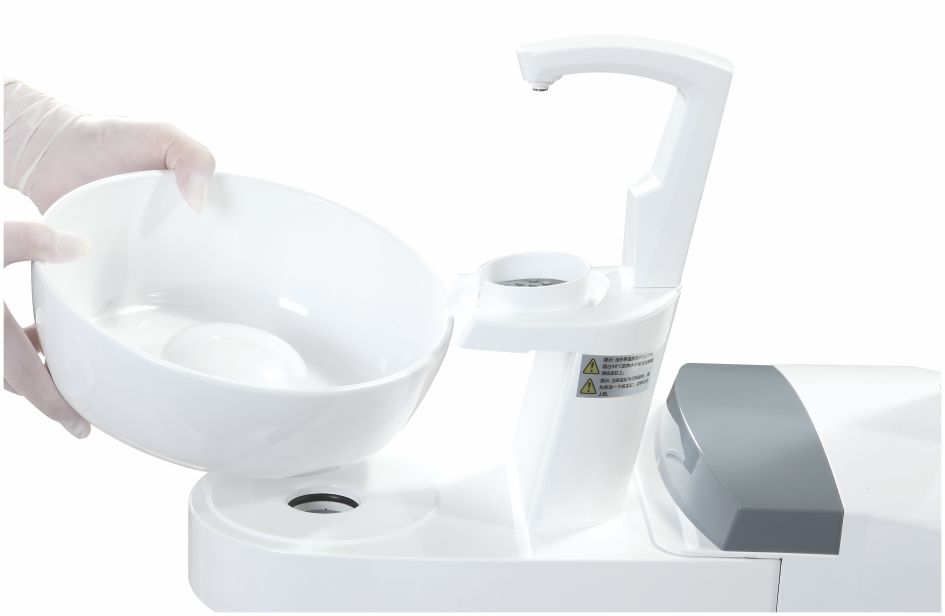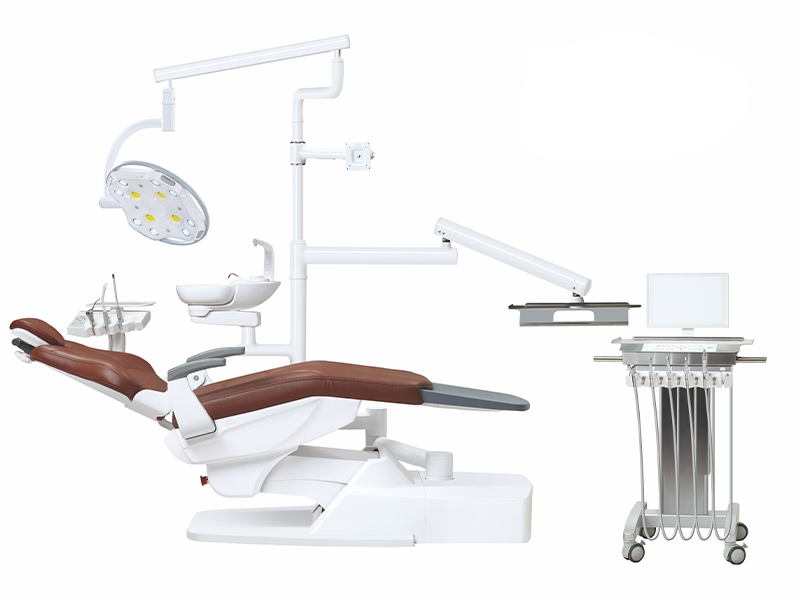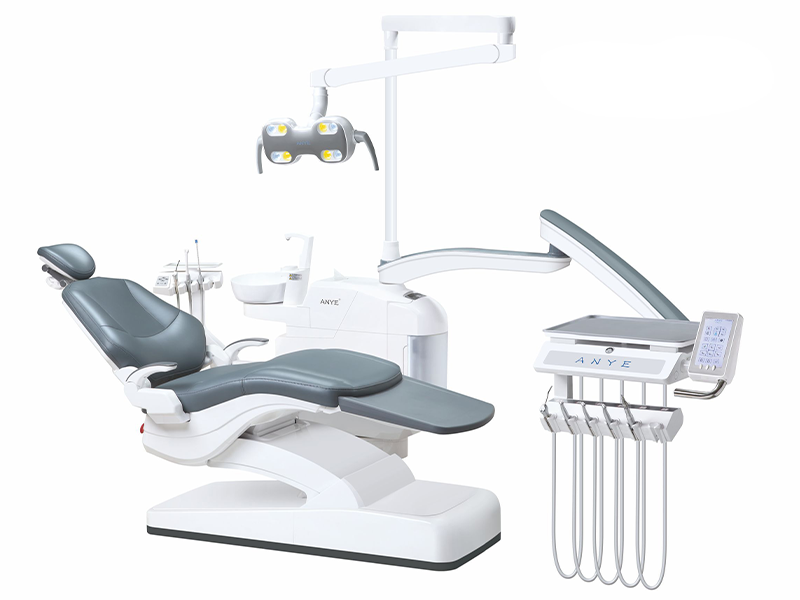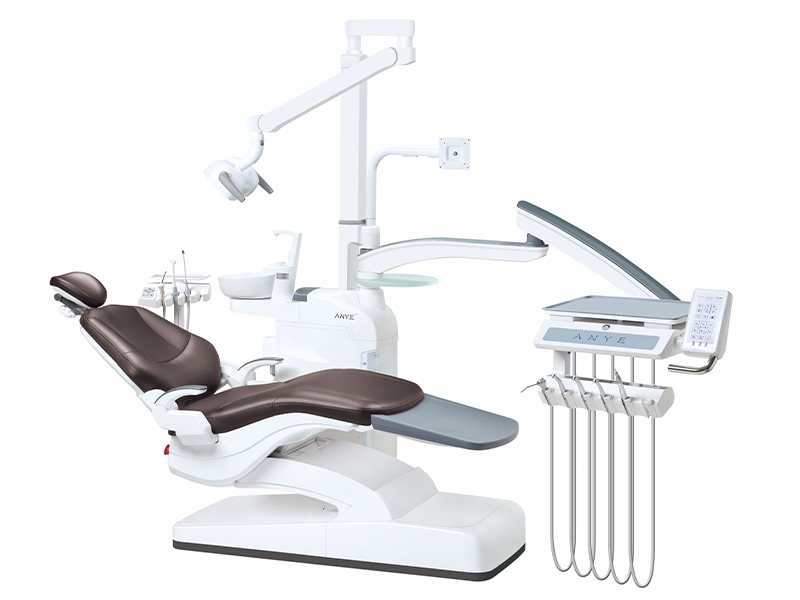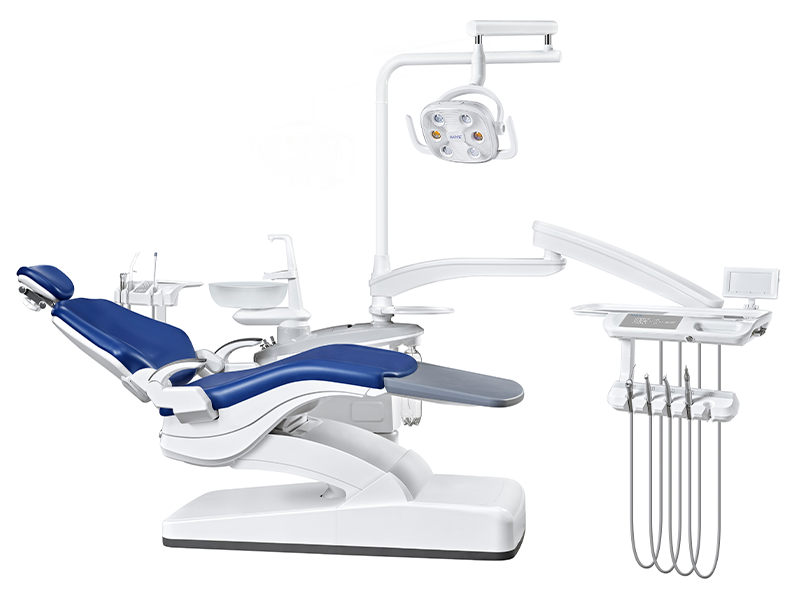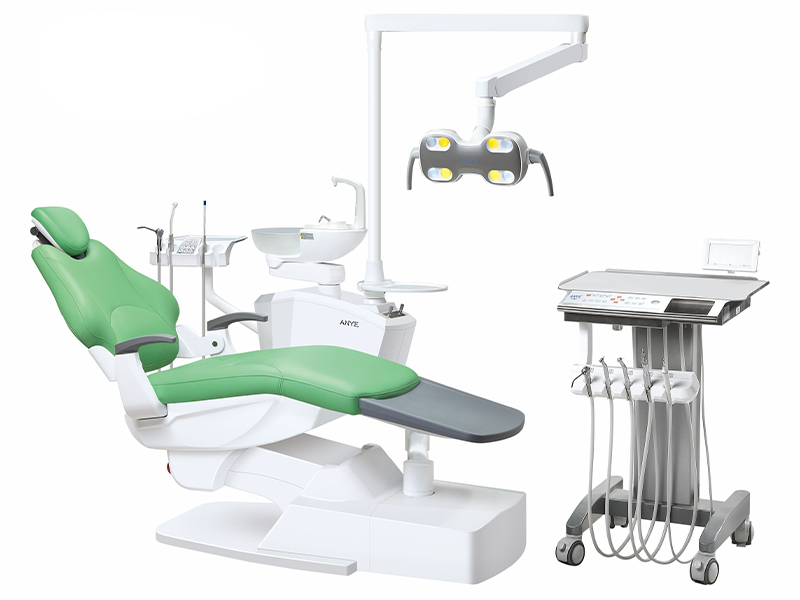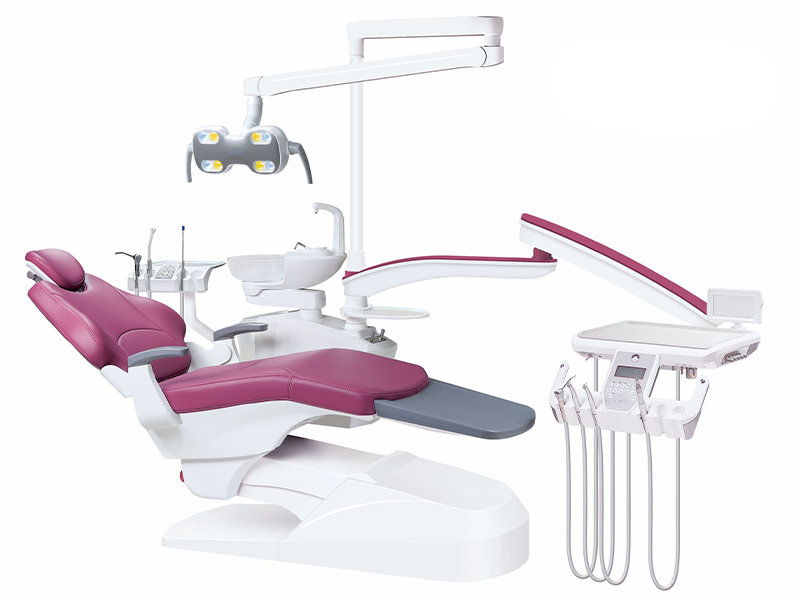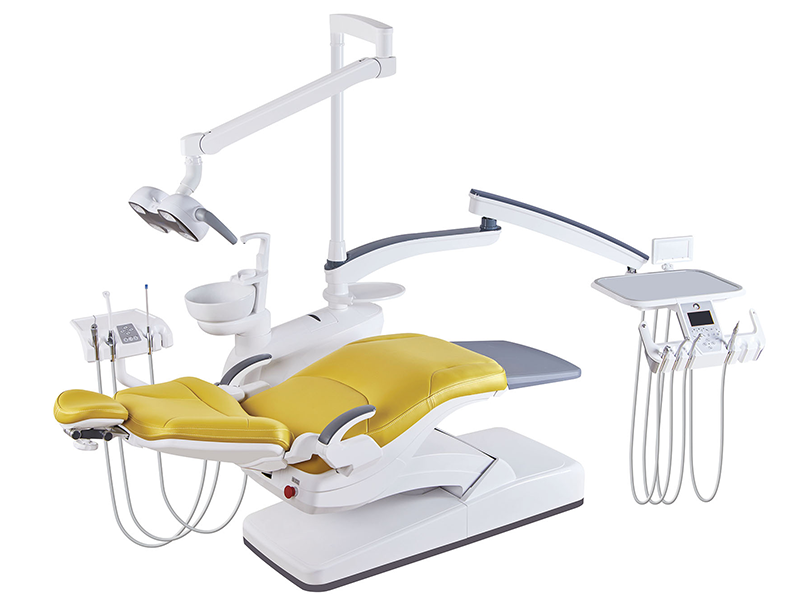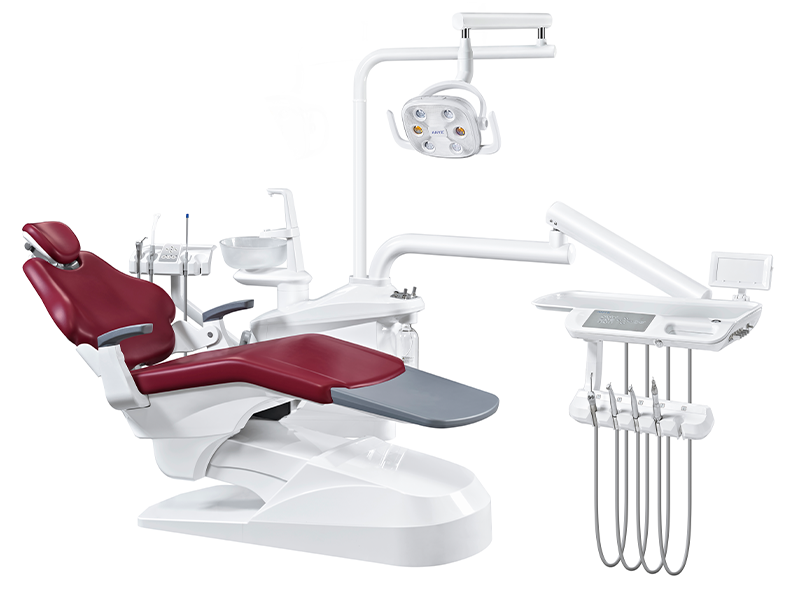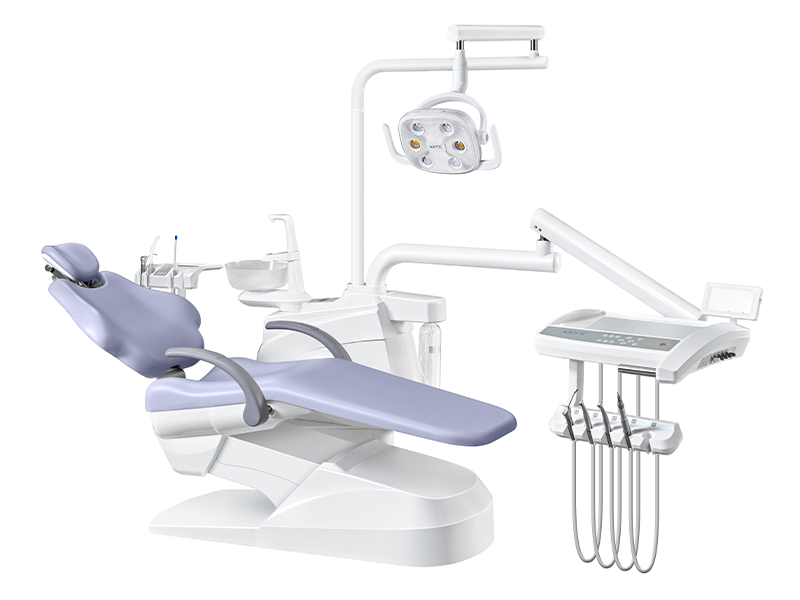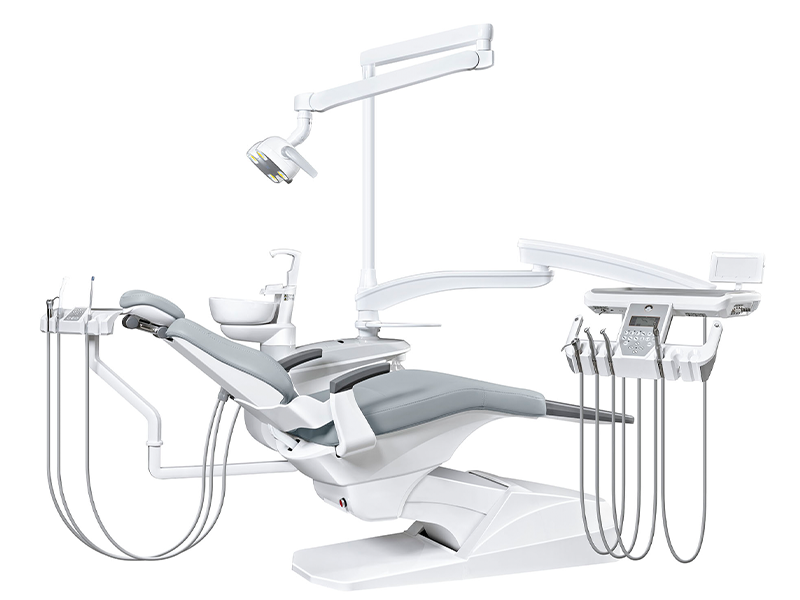Making the switch to a cuspidor-free dental practice can revolutionize your patient experience and improve the efficiency of your clinic. By eliminating traditional cuspidors, you can achieve a cleaner, more streamlined treatment environment that enhances patient comfort and hygiene standards. Let’s explore the key benefits of going cuspidor-free and how Anye Dental can support your transition with cutting-edge dental chair solutions.
Improved Infection Control and Hygiene
Traditional cuspidors are known to be breeding grounds for bacteria. Even with regular cleaning, these units can harbor harmful microorganisms that can jeopardize the hygiene standards in your practice. Studies show that cuspidors can have contamination levels as high as 44.9x10³ CFU/mL, making it essential to rethink their role in modern dental settings. By removing the cuspidor, you can minimize the risk of cross-contamination and promote a safer environment for both patients and staff.
Anye Dental's solutions are designed with advanced infection control in mind. Their ISO 13485 and CE-certified dental units, including the AY-215A Series, AY-215B Series, and AY-215C Series, offer advanced disinfection features that eliminate bacteria and biofilm, making them ideal for a cuspidor-free setup. These chairs are equipped with features such as touchless operation, antimicrobial materials, and integrated suction systems that streamline the cleaning process while maintaining top-notch hygiene standards.
For practices looking to improve infection control and eliminate the need for traditional cuspidors, Anye Dental provides the best in infection prevention technology.
Streamlined Patient Experience
Patients often experience anxiety when visiting the dentist, and the presence of a cuspidor can contribute to that feeling. The traditional spittoon can be an uncomfortable and unsightly feature, especially for patients who are unfamiliar with the dental environment. By eliminating the cuspidor, you create a cleaner, more inviting space that promotes relaxation and trust.
Switching to cuspidor-free systems in your practice can also enhance the ergonomic comfort of your dental chair. Modern units, such as those offered by Anye Dental, are designed for optimal patient positioning, with adjustable heights and ergonomic features that enhance comfort during longer procedures. This allows your patients to feel more at ease and less anxious during treatment.
The AY-215A and AY-215B Series, for example, include AI-driven settings and intuitive interfaces, making it easier for clinicians to deliver care efficiently while also improving patient comfort.
Operational Efficiency and Cost Savings
The traditional cuspidor comes with maintenance and operational costs that can be avoided with a cuspidor-free setup. Not only do you eliminate the need for frequent cleaning and sterilization, but you also free up valuable space in the operatory for more advanced equipment. The shift to high-volume evacuation (HVE) suction systems allows your practice to streamline workflows, reduce clutter, and boost overall operational efficiency.
Additionally, by cutting down on water usage and maintenance hours, a cuspidor-free practice can lower operational costs. For example, transitioning from traditional cuspidor setups to Anye Dental's innovative dental units can reduce water consumption by up to 82% and cut maintenance hours significantly.
This increase in efficiency is not just beneficial for day-to-day operations, but it can also lead to improved patient turnover and reduced wait times, making it easier for your practice to handle a growing patient base.
Why Choose Anye Dental’s Cuspidor-Free Solutions?
Anye Dental is a leader in providing state-of-the-art dental units that support cuspidor-free operations. With a 15,000+ sqm facility equipped with advanced manufacturing technology, including Kuka robots and laser cutting, Anye Dental ensures each unit meets the highest standards of quality, functionality, and innovation.
Their wide range of dental units, including the AY-215A Series, AY-215B Series, and AY-215C Series, offer versatile options for cuspidor-free configurations, allowing you to choose the perfect solution for your practice. These units come with integrated suction systems, UV-C sterilization, and antimicrobial surfaces, which are crucial for modern practices committed to infection control and patient comfort.
The AY-215D Series for pediatric care and the AY Rehabilitation Chair (model E1) also provide customizable features tailored to specific patient needs, ensuring that your entire patient base benefits from a cuspidor-free approach.
Conclusion
The benefits of transitioning to a cuspidor-free dental practice are undeniable. From improved infection control and patient comfort to enhanced operational efficiency and cost savings, the move is a win-win for both clinicians and patients. By choosing Anye Dental’s innovative dental units, you can ensure that your practice is equipped with the latest technology and features designed to meet the demands of modern dentistry.
Whether you're upgrading your current setup or building a new practice, Anye Dental’s cuspidor-free solutions are the key to improving both your practice's functionality and your patients' experience. Contact Anye Dental today to explore how our high-quality dental units can transform your practice and help you achieve the future of dental care.
Related Resources:

